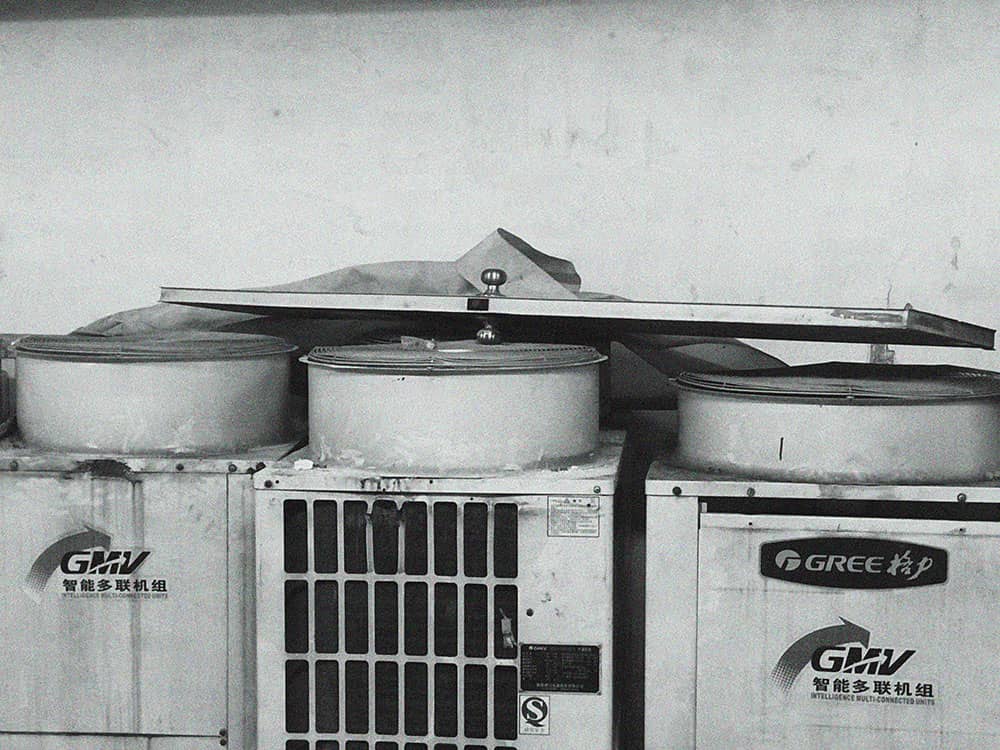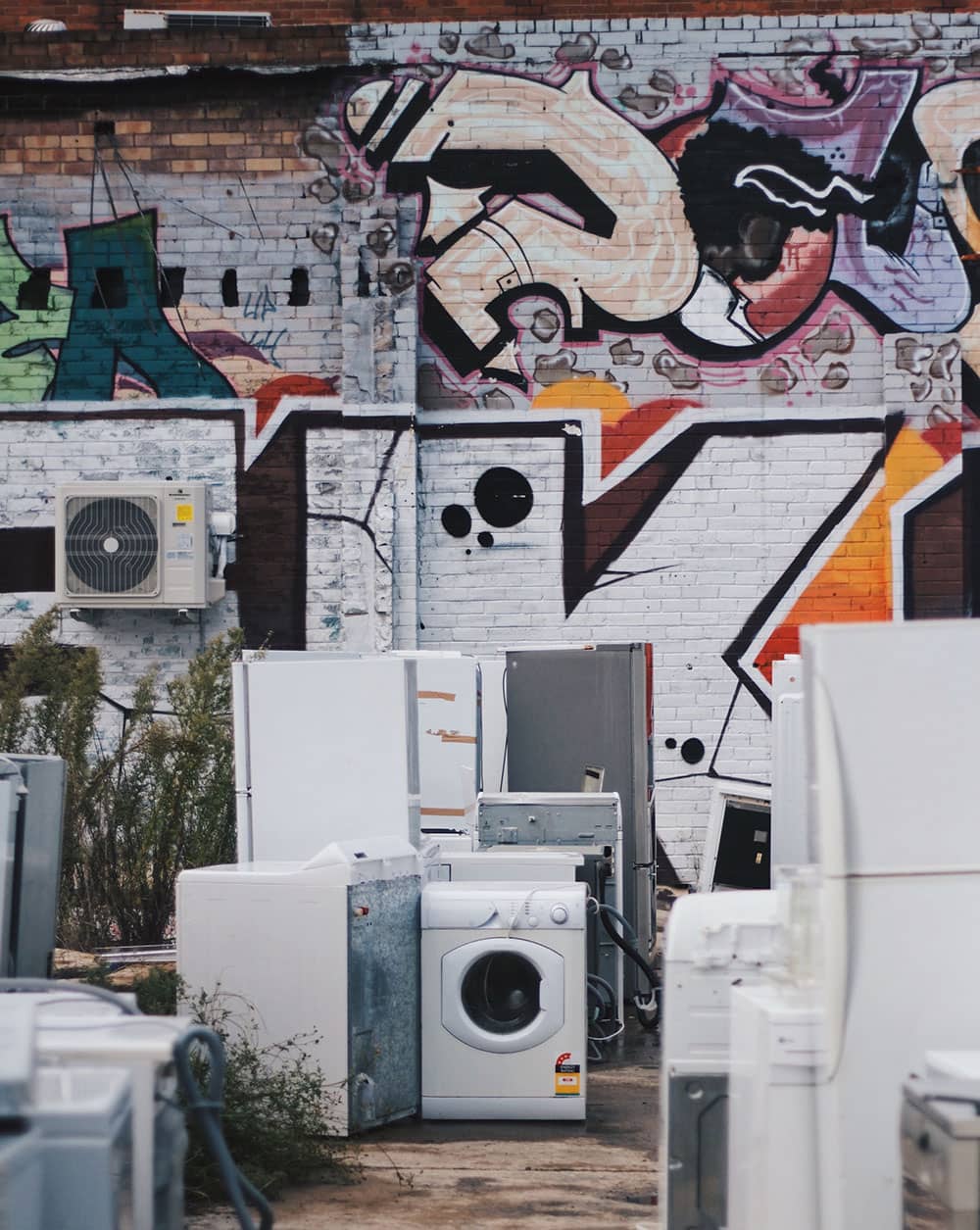
Have you ever tried to move your stove or fridge alone? It is hard work and heavy, right? Moving large appliances without help is virtually impossible. Typically, their awkward shapes and sizes can make their maneuvering, tossing, or lifting pretty difficult. Apart from the particular danger associated with lifting unwieldy and heavy appliances, disposing of these appliances improperly can be an environmental menace. Most of your household appliances that make the white goods cut contain harmful chemicals and substances that can harm the air, plants, and even the soil.
Therefore, they should not be left to break down on their own in a landfill. Using the right procedure to handle and dispose of these goods does preserve your health and the environment. Additionally, you don’t get to worry about future problems that might arise from a chemical in the appliances. Before telling you how to dispose of these goods, let us put a few things into context.
What Are White Goods?
Essentially, the phrase ‘white goods’ is coined from the traditional colour – white enamel colour – of the enamel in many households’ electrical appliances.
These include appliances such as:
- Ovens
- Stoves
- Washing machines
- Air conditioners
- Tumble dryers
- Fridges
With time, innovation has brought about other colours to the appliances. However, this phrase has remained the main term of reference. Electronics and appliances that are not white goods are typically referred to as brown goods. They include stereo systems, radios, and television.
Why Are White Goods Not Regular Waste?
Typically, getting rid of other types of waste is essentially a straightforward task. All you have to do is put it into a waste bin and put the bin on the driveway where the collection company can access it for disposal. Regular waste is easily degradable and can be easily disposed of. With these goods, however, the task of disposing of them becomes substantially difficult.
The manufacture of electrical appliances also involves producing greenhouse gases that are harmful to the environment. As already pointed out, these goods are bigger, non-biodegradable, and heavier. Therefore, it is advisable to consider all the safer possible options when disposing of your appliances. The following are reasons these goods are not regular waste.
- They comprise easily recyclable material that you can use to make other usable items. You can recycle the copper, plastic, and steel materials to make parts in other appliances.
- Old model appliances such as fridges contain chlorofluorocarbons that are harmful to the ozone layer. For this reason, only certified professionals should handle the disposal of these substances.
- If the appliances are beyond repair and their parts cannot be used for other purposes, the disposal should be proper and legal to protect other people’s environment and health.
To avoid heavy penalties and fines arising from improper disposal of these goods, dispose of your white goods in the following ways.
How to Properly Dispose of White Goods
There is an increase in the reliance on disposable goods. Consequently, landfills are now filled to the brim with environmentally hazardous appliances that destroy our great planet by the minute. To improve on this scenario, consider using the following disposal methods:
- Recycle the Appliances If Possible Almost always, these goods contain parts that you can recycle. Essentially, they contain electronic parts, plastic, metallic, and copper parts. The electronic components also contain chips and materials that you can recycle to make new appliances. Instead of taking the appliance to a landfill, it would be a great idea to seek help from recycling facilities in Perth.
Additionally, some home appliance companies now offer to take back options where you can replace your old or broken item with another. Other companies have personnel who will take your old appliances for recycling during the installation of new ones. This way, the appliances don’t end up in landfills.
- Sell The Appliance to Second Hand Dealers Due to the rising need to dispose of these goods, many second-hand dealers have sprouted. Normally, they take the appliances and resell them if they are in a purchasable condition. If not in a condition to be sold, they refurbish them and sell them. For appliances that cannot be refurbished, reusable components are extracted and sold to third parties. With this method, you get to properly dispose of your appliance while at the same time making some bucks.
- Make A Donation to Charity Institutions If the appliance you need to dispose of is just old and not broken, you can donate it to a charity organisation or give it to a friend. For instance, if you getting a new kitchen and installing a bigger oven, you can donate the old oven to a charity shop or a non-profit school. This way, you get to stretch a helping hand as you dispose of your appliances.
- Use Online Marketplaces Such as Facebook or Gumtree Online marketplaces are other convenient platforms that you can use to get rid of these goods. Facebook and Gumtree are two popular platforms where you can get responses within seconds. In case you are just donating, you need to arrange for the delivery of the item. However, the platform may provide you with delivery means, and all you would then need is to provide the item for pickup.
- Hire A Skip BinIf you need an efficient disposal method, you can hire skip bins in Perth. Typically, we drop the skip bin and let you load it with the appliances you want to dispose of. Then we pick the bin at your convenience. If you use a skip bin, we take the old appliances to licensed sorting facilities where the appliances are sorted, repurposed, and redistributed for recycling or terminal disposal.
Since our environment constantly needs conservation, all items must be disposed of in a manner that does not pose a danger to the environment. You can avoid white goods waste by ensuring that all items are well rated and support proper disposal. Additionally, when disposing of the items, consider using the most efficient and environmentally safe option. Talk to our expert team, we can help you get rid of your white goods.
Backyard Bins Team
“ [rcblock id="2165"]”
